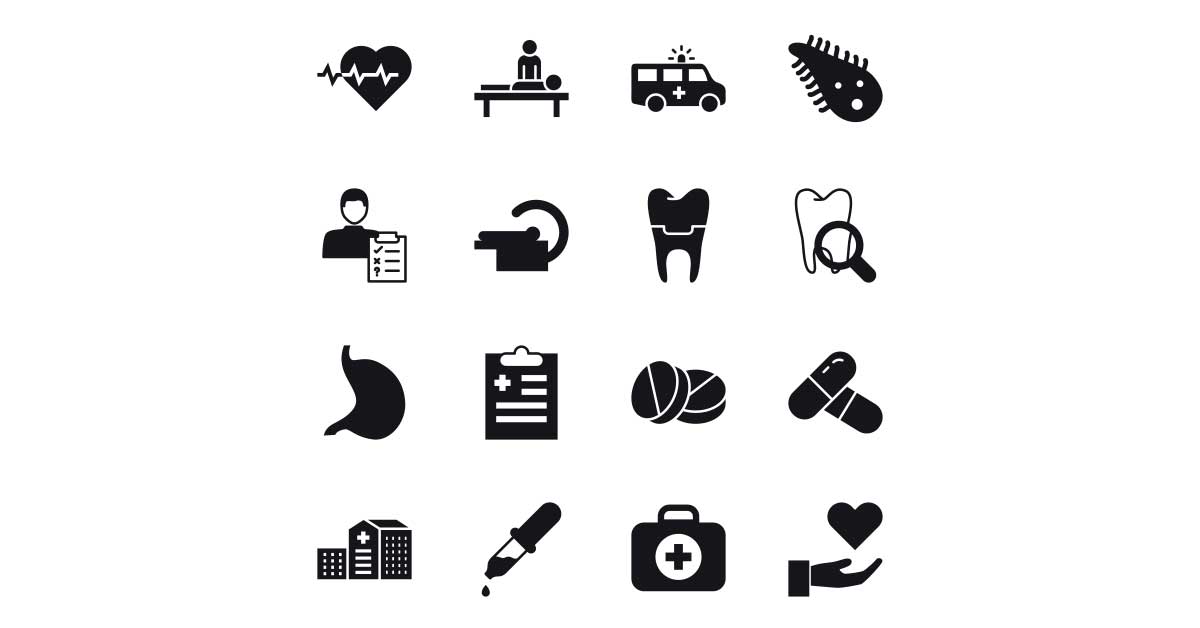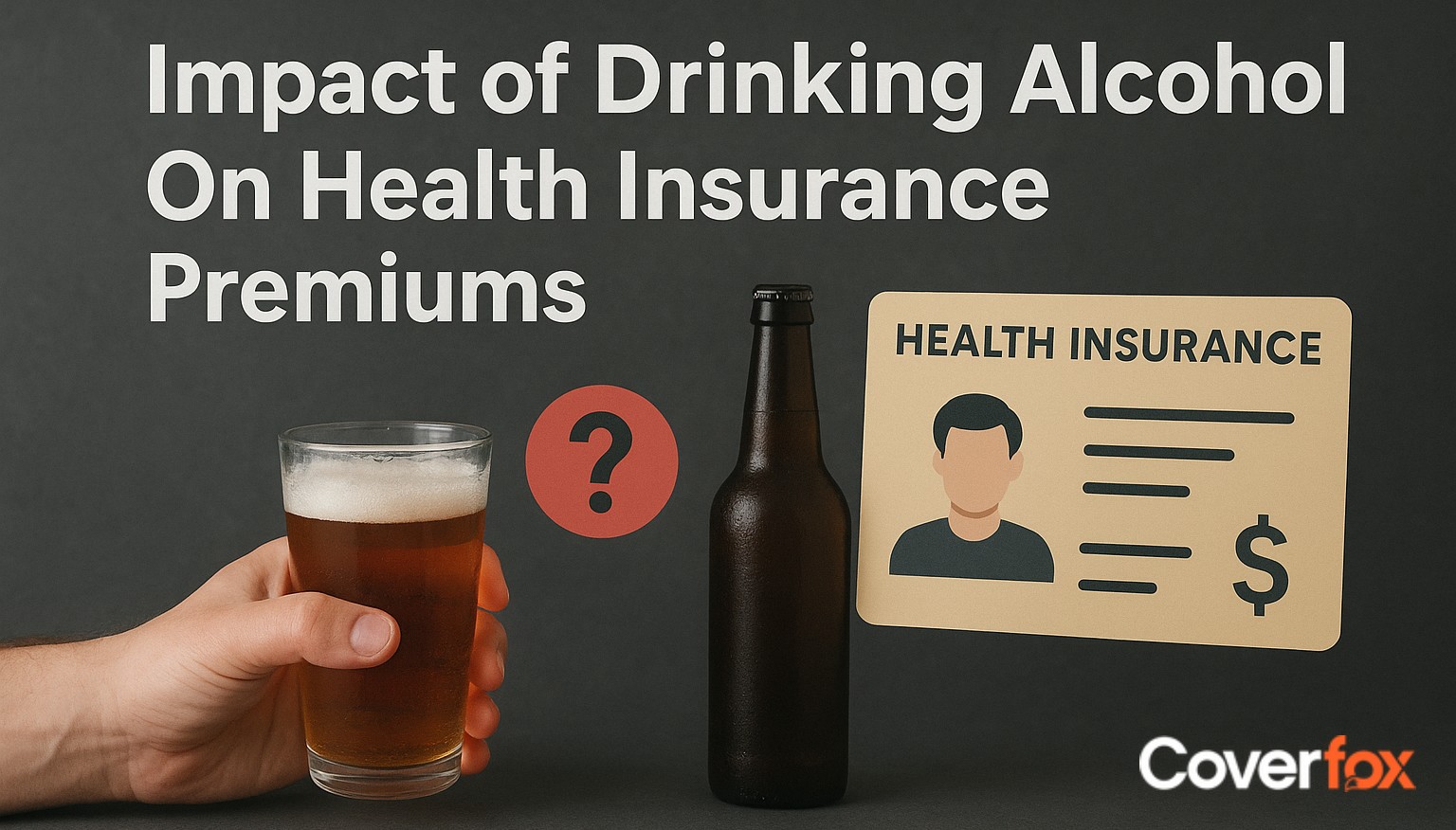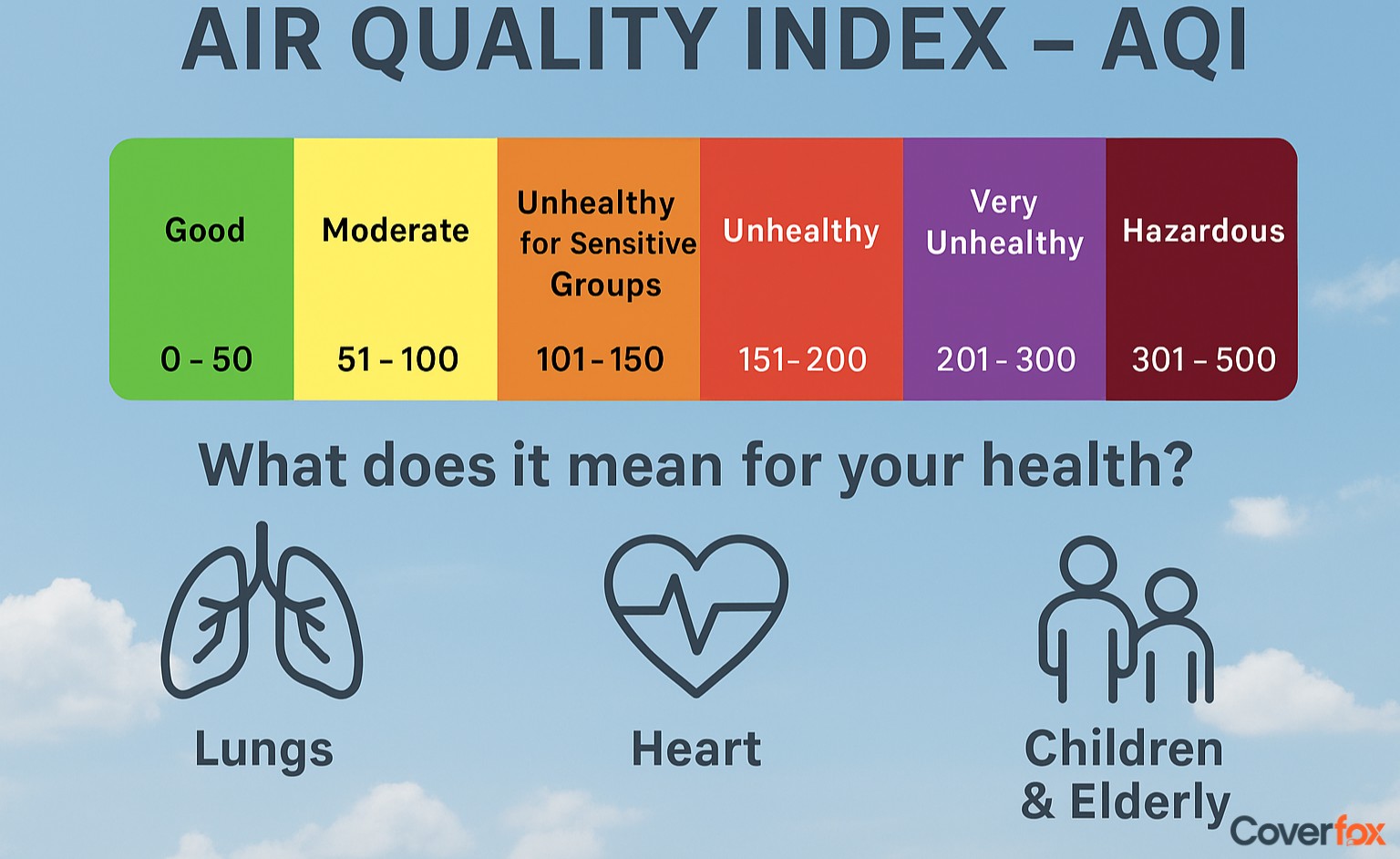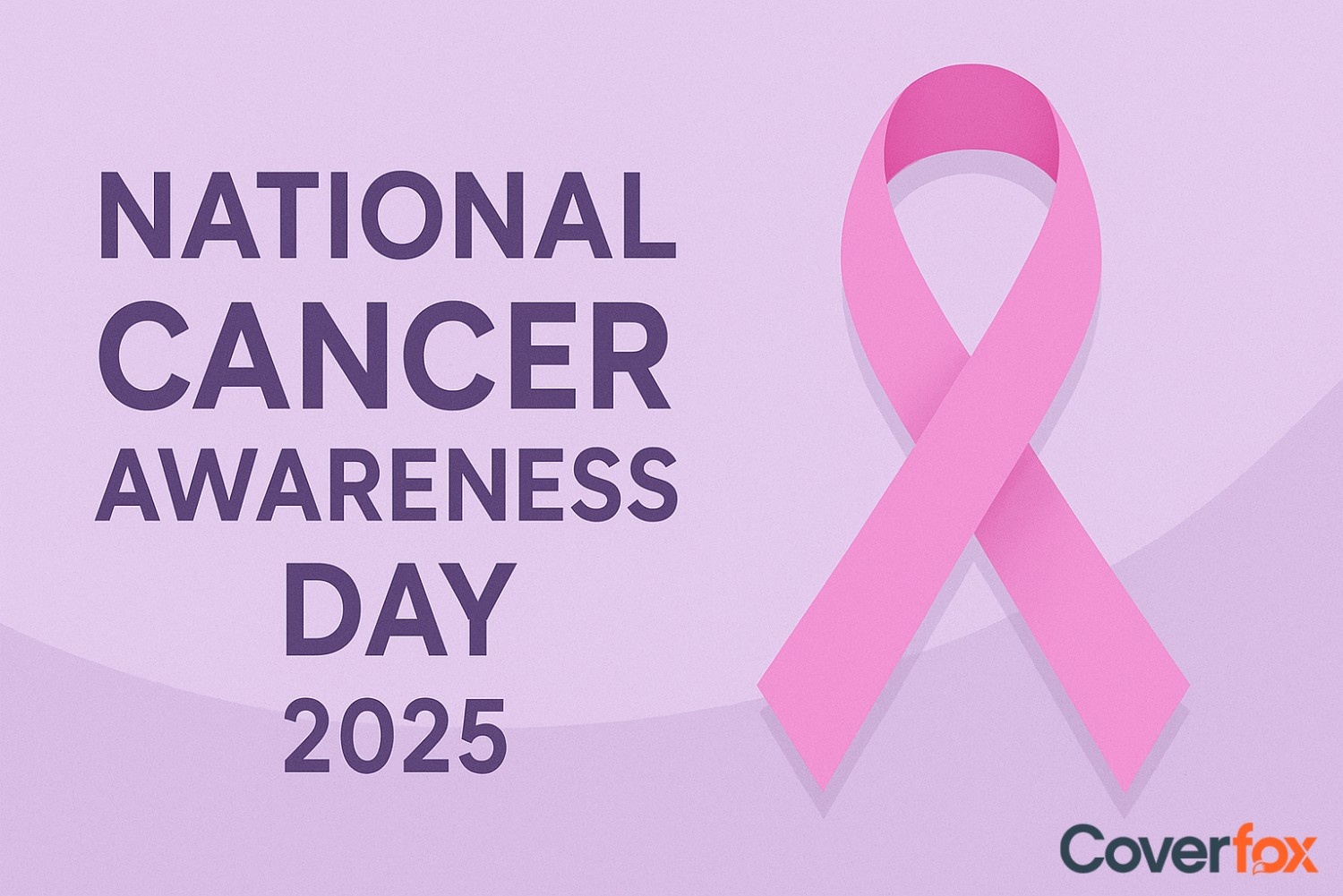You know you need health insurance but you are procrastinating the decision of buying one because the process intimidates you. Read here to understand the 6 simple steps you need to follow to buy the right Mediclaim policy for you.

Everyone universally agrees on the adage “Health is wealth”. But no one has given much thought to the corollary of the same. “Ill health and the expenses it brings can be debilitating
This is exactly why one needs to invest in health insurance at the right time. When is this right time you ask? It is NOW!
That health insurance is a practical, important investment is stating the obvious. What is not obvious is the understanding of the 3 kinds of expenses related to it. Here are those expenses
Expense 1: The expenses that we can afford: Includes small charges like dental treatment, regular health check up, etc.
Expense 2: The expenses that we can’t afford or which greatly impact our savings/ income: Includes unavoidable and unexpected hospitalization expenses as result of surgery, illness or accident.
Expense 3: The expenses that we can afford but we miss: Includes premium amount for health insurance policy which will not only help you to overcome the expenses 2 but also provide tax benefit.
We ideally need to consider expense 3 as our foremost priority.
Health insurance is designed to protect you against unexpected incidence of hospitalization which would utilize majority of your savings. For health insurance to cover this expected cost you have to pay a smaller amount on an annual basis, to ‘insure’ you for it. This amount is what you know as the ‘premium’, that you pay every year.
The defined limit up to which your health expenses are claimable is known as coverage amount or sum insured or sum assured.
Deciding your sum insured and knowing your premium is just one of the many steps to buying a health insurance policy . Given below are all the steps involved in buying a health insurance along with tips which will help you choose the right one.
Step 1: Whom to cover?
After you decide to buy a policy, the first step would be to decide if you want a policy for yourself, your family or your employees.
Tip: Cover as many members as possible to avoid any financial burden.

Step 2: What kind of cover should you opt for?
There are three types of health insurance
An Individual Health Insurance: This covers each individual separately i.e one coverage amount for one member. With this plan, you can cover each member of the family separately or cover yourself or anyone else from your family independently.
A Family Floater Health Insurance: This covers all the members of the family on a shared basis. This allows everyone to utilize the insurance as per their requirement and health costs, with no individual limits, only overall cover amount.
A Group Health Insurance Policy: This policy is to cover your employees. For more information on group policy.
You can choose to have either a family floater insurance or individual insurance or combination of both the insurance to cover your entire family.
Tip: It would be best to have a combination of both the types of insurance to cover your entire family.
Step 3: What would be your coverage amount?
Finalizing your coverage amount is a critical step in buying a policy. To decide the amount you need, do not just consider your present health condition. Consider your expenses in near, medium and long term future too. You may not have any illness now, but may get a heart condition etc in the long term future if you have a history of heart related illnesses in your family. You also need to determine the coverage amount based on your requirement of hospital room i.e. private room, shared room or private in a highend hospital, because this plays a large part in the health costs.
Based on your coverage amount your premium amount is determined. Some other factors like health insurance plan that you choose, number of members covered under the plan and the age of the members covered (in case of family floater plans age of eldest member in the floater) are also considered while determining your premium.
Tip: To know your ideal sum insured option you can should enter your details here.
Step 4: How to choose the best health insurance plan?
There are different plans available in the market; some are regular health plans which provide basic or comprehensive health coverage, some are top-up plans which provide additional coverage and some are benefit plans which provide coverage for only specific conditions. Given below are brief details of plans which fall under each of these categories.
Basic health plans
The plans under this category will offer coverage for the basic health expenses which includes pre and post hospitalization expense, ambulance charges, etc. Some of these plans may have co-pay* (percentage of expense that you have to pay out of pocket) or room expenses (defined expense cover for room in case of hospitalization).
Tip: Basic plans with co-pay or limit on room rent should be avoided as at every hospitalization the amount you have to pay out of your pocket expenses would increase.
Comprehensive health plans
This type of plans offer more coverage than the base plan. They also have some add on covers which you can choose or option to waiver some options co-pay and room-rent. Additional options like critical illness cover, accidental cover, etc. are also included in this plan. However, these plans would have comparatively a higher premium.
Top-up plans
These plans have an agreed up on deductible value (a fixed amount that a person has to pay on his own before claiming for insurance ). These plans are known as top-up plans as people who already have health insurance can have additional coverage by choosing a top-up plan. Top-up plans would have lower premium and offer higher coverage.
There are two variants of top-up plans, a regular top-up and a super top-up. The only difference between the two is the threshold value or compulsory deductible. This value states the amount above which the top-up plan would be activated.
In a regular top-up plan you have to exhaust the deductible value in a single hospitalization. While a super top-up gives the privilege to exhaust the deductible value in multiple installments.
Tip: It is advisable to have a super top-up plan than a top-up plan as the probability of sum insured getting exhausted in a single hospitalization is low. Read more about top up plans.
Benefit plans
These are special plans which are designed only to cover for certain conditions and not regular hospitalization expenses. It includes plans exclusively for critical illness or personal accident. The critical illness plan covers only specified list of illness while the personal accident plan offers coverage only in case of partial or complete permanent disability, death, etc. resulting from an accident.
Based on your requirement you can any one of the choose a base plans, comprehensive plans, benefit plans or top-up plans mentioned above.
Tip: To cover all your health expenses choose a regular health plan (basic or comprehensive). While for additional coverage on your regular health plan (especially for family floater plans) choose a top-up or super top-up plan.
Step 5: What more?
You must know all the important terms that would effect your claim, in order to make a well informed, wise decision. Following are the important points that you should look for in a policy brochure or description to make a suitable choice.
Network hospital list
All the health insurance companies are associated with certain hospitals where they offer cashless treatment* these are known as network hospitals.
Thus, while you look out a health insurance plan, check if the network hospital list of the company includes name of your preferred hospital.
Note: Cashless treatment is when the insurance company settle all the hospital bills directly by coordinating with the hospital and without having you pay for it first and then getting reimbursed from the insurance company.
Rewards on renewal
Some companies reward you for no-claim by offering a no-claim bonus for that year. This bonus is usually a percentage increase in sum insured value at the time of renewal.
After claim, this bonus amount reduces to basic which is your original sum insured. Please refer to the policy document for the details of these values for your policy.
Some companies also offer a discount on the premium amount at the time of renewal as their no claim bonus. In this case too after claiming for a particular year the discount offered would not be valid. Please refer to the policy document for the details of these values for your policy.
- Tip: When you opt for health insurance policy at a younger age this benefit is particularly important. However, for a significantly elder person who is more likely to claim within a policy year this feature would not be so important. So, this would be a good to have benefit.
Restore benefit
This benefit ensures that after entire sum insured is exhausted within a policy year, the basic sum insured (does not include the bonus unless specified in the policy document) is automatically restored for re-utilization. The restore amount is thus available for second instance of hospitalization.
Example of restore benefit
Consider that if within a policy year, your sum insured is exhausted because of hospitalization expenses for malaria treatment. Then, you would not get a restore benefit for malaria again. However, any illness other than malaria would be covered.
In case of a family floater plan consider family members A, B and C are covered under a family floater with restore benefit and the entire sum insured is utilized by member C for hospitalization against malaria. Then, in this case, the sum insured will be restored to basic.
This restored amount will be available only for member A and member B. However, C would be covered for any condition other than malaria.
- Tip: In case you opt for a family floater plan this is a must have benefit.
Other benefits
There are some other additional benefits that are offered by the insurance companies like dental coverage, ambulance coverage, etc. these are value adds with not much significant value.
To understand further details feel free to contact Coverfox on +919930454559
Step 6: Buying the shortlisted policy
You cannot get the final policy unless you give all the details required for the policy. Thus, the next important step is that you correctly state all the details required for to buy a policy . Please ensure that all the facts like date of birth, history of illnesses, your existing medical condition, information for all the members, etc. should be honestly stated. With this you will get the right deal and a smooth claim settlement process in the future.
Since there are several details and nuances in a policy that may confuse you, getting an unbiased advisor to assist you in your decision may be a wise idea. An unbiased advisor will not only guide you through the buying process but also help you with claim settlement, if need be. Avoid buying a policy without a bit of research or taking advice from unbiased parties authorized by the IRDA.
I bought a health insurance policy while I am young and at my healthiest. Thus, with my personal experience I would say that the best time to buy a health insurance is just when you (think) do not need one.







